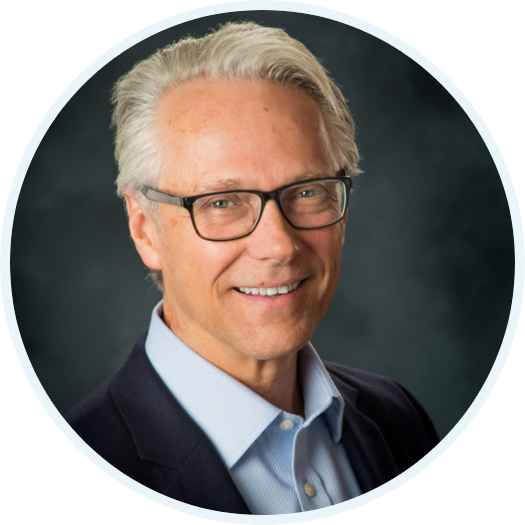Sexual Orientation Obsessions in OCD
~ Break away from fear, obsessions and sexual orientation worries.
The common perception about OCD is that it only involves unreasonable fear of dirt and contracting germs and a strong desire for cleanliness and symmetry. But there’s more to OCD than meets the eye. There are several types of OCD and one person can have one or a combination of these types. A person with OCD may experience unwanted and distracting thoughts about one’s sexuality, which the person may find embarrassing or displeasing. Questioning one’s sexuality, especially to those who haven’t experience it in the past can trigger anxiety and doubt - as urges and images contrary to their sexual orientation keep repeating in their heads. Anyone is at risk for this type of OCD, even those who have never experience same-sex attraction before.
The fears related to sexual orientation OCD (SO-OCD or HOCD) may include the following:
Worries about being attracted to a person of the same sex
Fears of experiencing unwanted change in sexual orientation
Anxiety over people thinking that one is a homosexual
~ Misunderstood and Misdiagnosed
Many patients suffering from these symptoms are afraid to talk about it; thus avoiding seeking medical help. Unfortunately, the lack of research done to understand SO-OCD contributes to the misunderstood nature of sexual orientation obsessions. As of 2013, the Annals of Clinical Psychiatry published a study revealing that therapists are most likely to associate a patient’s SO-OCD symptoms to sexual identity confusion rather than obsessive-compulsive disorder. The study assessed the capabilities of psychologists to correctly diagnose SO-OCD and identify the common symptoms associated with OCD.
In the said study, one out of five OCD symptom descriptions was assigned to each therapist, who was then asked to provide a diagnostic impression. Surprisingly, 77% of the clinicians misdiagnosed the vignette on obsessions about sexual orientation as sexual identity confusion. Contrastingly, only 16% misdiagnosed contamination obsessions as OCD indicators. Out of all the respondents, 81% were licensed, 82% were doctorate-level psychologists, and more than half have had a CBT orientation. The high level of diagnostic error is indicative of how many SO-OCD patients worldwide are not getting the proper diagnosis and treatment they need. In addition, misattributing one’s obsessions to latent wishes is damaging to people with SO-OCD, who already have high levels of doubts and anxiety.
Dr Hank is very familiar with this type of OCD, so misdiagnosis should be your least concern. We also stand behind the efficacy of exposure and ritual prevention therapy in treating SO-OCD as long as it is customized to the patient’s specific fears.
~ Treatment Outcome
We cannot totally eradicate SO-OCD and people with this form of OCD may need to stay additional therapy sessions to change their often high level of guilt over such intrusive thoughts. Nevertheless, it is still possible to experience great reduction of symptoms and renewed sense of well-being. The majority of our clients reported fewer symptoms and feeling much better. If you attend the sessions consistently and do the assigned homework, expect more improvement that those who fail to follow through. ERP therapy alone is effective for SO-OCD but some individuals may require both therapy and medication for maximum results. We also recommend a special combined intensive therapy and online program if you’re coming from out of town for intensive work coupled with Neurofeedback.

